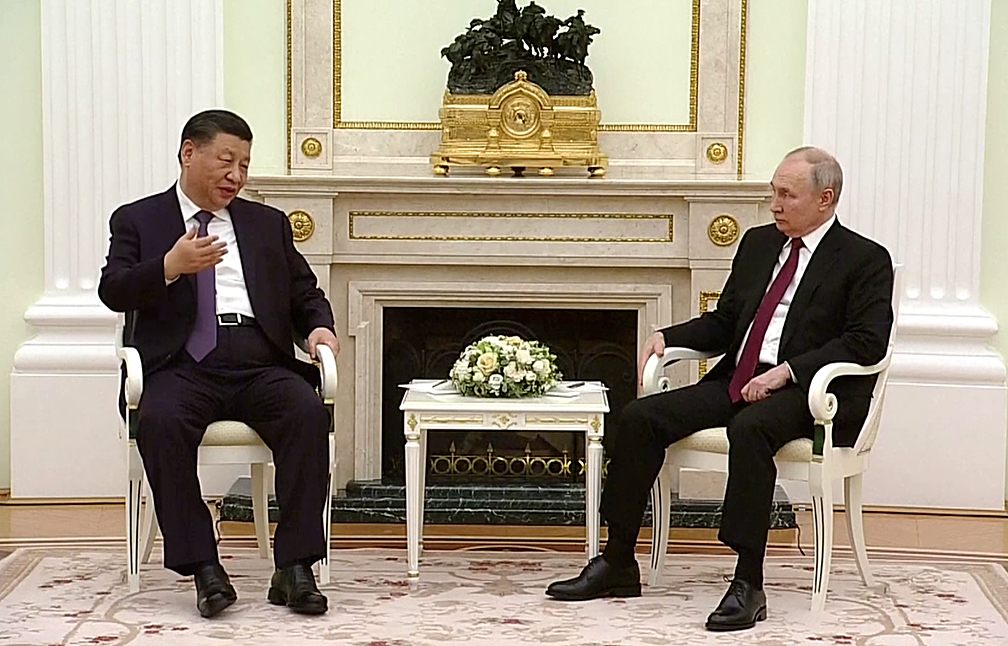
Building on the trend and goal of exporting the Chinese governance model. Xi spoke of building “a balanced, effective and sustainable security architecture”. Six months later, the GSI (Global Security Initiative) still remains shrouded in secrecy, with few concrete details made public. Yet it has made its way into the Chinese diplomatic language repeatedly since inception, hinting at the grander strategic intent behind the venture. As Japanese Prime Minister Fumio Kishida pledges to strengthen Japan’s naval and military capabilities, debate within the country on its pacifist constitution is taking on a critical hue.
This is evident in Tokyo’s recent announcement of its unprecedented USD 320 billion military build-ups that would equip it with missiles capable of striking China and prepare it for a protracted conflict, Tokyo Review reported.
Concurrently, a key tenet of its updated national security strategy (NSS), released on December 16, 2022, is the understanding that China is an “Unprecedented and the greatest strategic challenge in ensuring the peace and security of Japan”.
Based on these developments in Japan, the United States has bolstered its alliance with Tokyo, aiming to transform Japan into a potent military power to help counterbalance China.
Amidst such recognition, China’s GSI spells trouble for Japan and India. The initiative’s active implementation, possibly in the coming year, will attempt to create a China-led security model and architecture, therein threatening the regional power identity of Japan in Asia and its sovereign interests in the maritime domain, Tokyo Review reported.
The GSI has not yet evolved into an implementable venture, but a growing mention of the initiative in China shows that it is poised to soon be released. It remains to be seen whether the GSI would adhere to a Quad-like model of dialogue engagement or be more framed as a security pact/alliance.
The GSI concept with the theme of indivisible security is an effort to oppose US actions and derives from its growing concerns over an “Asian NATO”.
Xi has stated he wants to project the idea of sustaining “true multilateralism” through the GSI, as opposed to the US’ “zero-sum game and ‘bloc politics’.
This sets the stage for GSI to be merged with China’s Himalayan Quad and existing alliances. It can be expected that the GSI would court countries like North Korea and Russia to join the Initiative which plans to look at “traditional and non-traditional security threats” as well as “frontiers such as the deep sea, polar regions, outer space and the Internet”, Tokyo Review reported.
Kishida, who has helmed Japan’s hardline response to Russia in support of Ukraine, must view the concept keeping its strategic usages in mind. Japan’s Seikei Bunri has been stretched to its limits, having had to manoeuvre economic ties with China around its incursion activities.
A Chinese foreign power push via the GSI focusing on building new security architectures will only further threaten Japanese national interests and regional power balance as it emerges as a dedicated Chinese counter to growing democratic countries-led minilateral security arrangements such as Quad, AUKUS and trilaterals like Japan-America-India (JAI).
Hence, under the banner of indivisible security, the GSI can be further used as a nationally approved method, much like China’s Land Border Law (LBL) and Coast Guard Law (CGL), of flouting international rules-based norms.